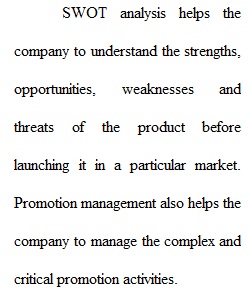


Q The Marketing Plan: GAP Analysis Every business should determine its own standards for success when evaluating the attractiveness of a market, since every industry has its unique circumstances. Criteria that influence Segment Attractiveness include: Market Growth (Market Size, Growth Rate, Market Potential) Competitive Intensity (Number of Companies, Ease of Entry, Substitutes) Market Access (Customer Familiarity, Channel Access, Company Fit) While benchmarking based on criteria is beneficial in capturing the qualitative aspects of a market situation, the profit potential must also be assessed for all segments deemed attractive based on their market attractiveness indexes. Segmentation Application Provide a brief description of your chosen product/service. (This should be used throughout the class.) Analyze customer needs for the target product Discuss Segmentation Strategies based on two real competitors' market position Devise a niche marketing strategy that would be appropriate for your company's product. Gap Analysis, Benchmarking & Competitive Advantage Implement a Gap Analysis of Two Competitors. Discuss how the findings would be used. Develop Competitor and Competitive Benchmarking. Competitor benchmarking involves identifying a business’s main competitors and then comparing itself against them in key performance areas. Competitive benchmarking involves going outside a business’s market or industry to study a company that excels in an area where the business is deficient. Devise Strategies to Achieve Competitive Advantage for the Company
View Related Questions